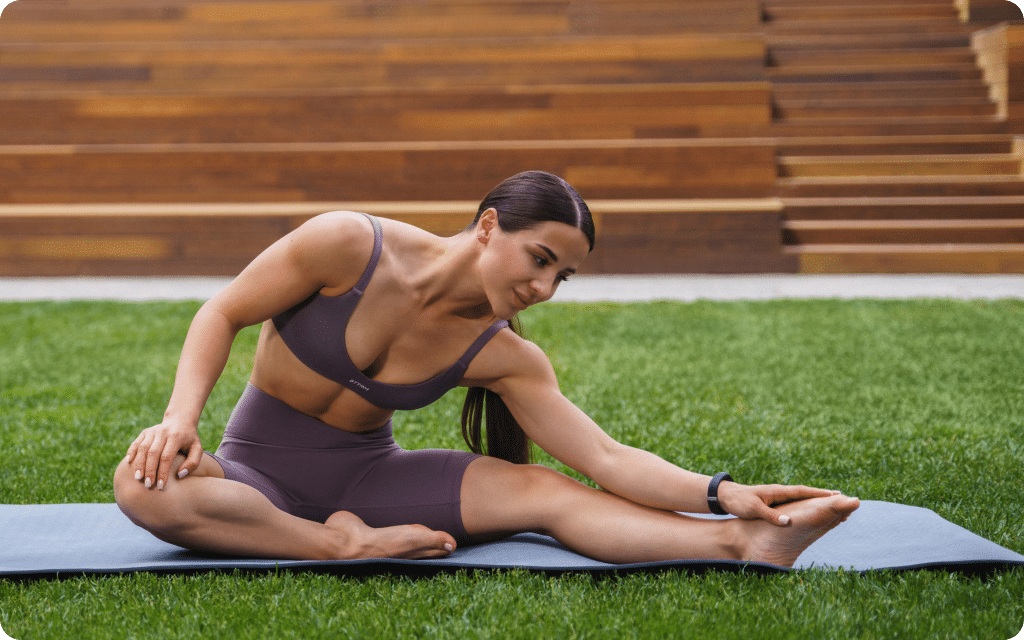
In medical and nursing education, realism is not just a bonus—it is a necessity. When students are learning to perform intravenous (IV) therapy, the tactile, visual, and functional accuracy of the training model directly impacts their skill development. Among the many simulation tools available, the IV training leg is a crucial component in teaching proper cannulation techniques, venous access, and fluid administration.
This article uses a criteria-based structure to outline what to look for in a high-quality IV training leg and why each feature matters in preparing learners for real clinical situations.
Features of a high-quality IV Training Leg
1. Anatomical Accuracy
A quality IV training leg should closely mimic the human lower limb in shape, size, and anatomical landmarks. Realistic features like palpable veins, accurate vein positioning, and skin texture allow students to practice site selection and angle of insertion more effectively.
Why it matters:
The closer the model matches a real human leg, the more confidently students can transition from simulation to patient care. Palpating for veins, identifying landmarks like the great saphenous vein, and assessing for complications all depend on realism.
2. Self-Healing Veins and Skin
Look for models with self-healing silicone or high-grade elastomer skin and vein systems. These allow repeated needle insertions without leaving permanent holes or tearing. Some advanced models even offer multi-layered skin and embedded veins that simulate different levels of resistance.
Why it matters:
Durability is essential for repetitive training. A self-healing system maintains realism across many sessions, ensuring each student receives consistent tactile feedback without visual clues from past punctures.
3. Realistic Blood Flashback and Fluid Flow
A key feature of effective IV practice is fluid feedback. High-quality training legs are designed with internal fluid reservoirs and tubing systems that mimic venous blood return (flashback) when a needle is correctly inserted.
Why it matters:
Seeing blood flashback during insertion confirms a successful puncture, just like in real-life procedures. Fluid dynamics also helps in training for flushing, saline locks, and infusion techniques.
4. Replaceable Parts and Easy Maintenance
Over time, even the most durable models require servicing. The best training legs offer replaceable veins, skin covers, or fluid bags, ensuring long-term use without needing to replace the entire unit. Easy disassembly for cleaning and refilling is also a practical advantage.
Why it matters:
Maintaining hygiene and model integrity supports safe, efficient teaching. Replaceable parts extend the life of the training leg and reduce overall costs for institutions.
5. Compatibility with IV Accessories
Top-tier IV legs should be compatible with real or simulated medical accessories, including IV catheters, syringes, tape, and dressings. Some advanced models even support connection to full-body mannequins or multi-system simulation setups.
Why it matters:
Students need to practice every step of the IV process—from skin prep to securing lines—and using realistic tools helps build full procedural competence.
Conclusion
Investing in a high-quality IV training leg is not just about equipment—it is about delivering safe, effective education. Anatomical precision, self-healing technology, realistic feedback, and long-term usability all contribute to better outcomes in clinical training.
When realism matters—as it always does in healthcare education—the right simulation tools can make the difference between hesitation and confidence at the bedside.


